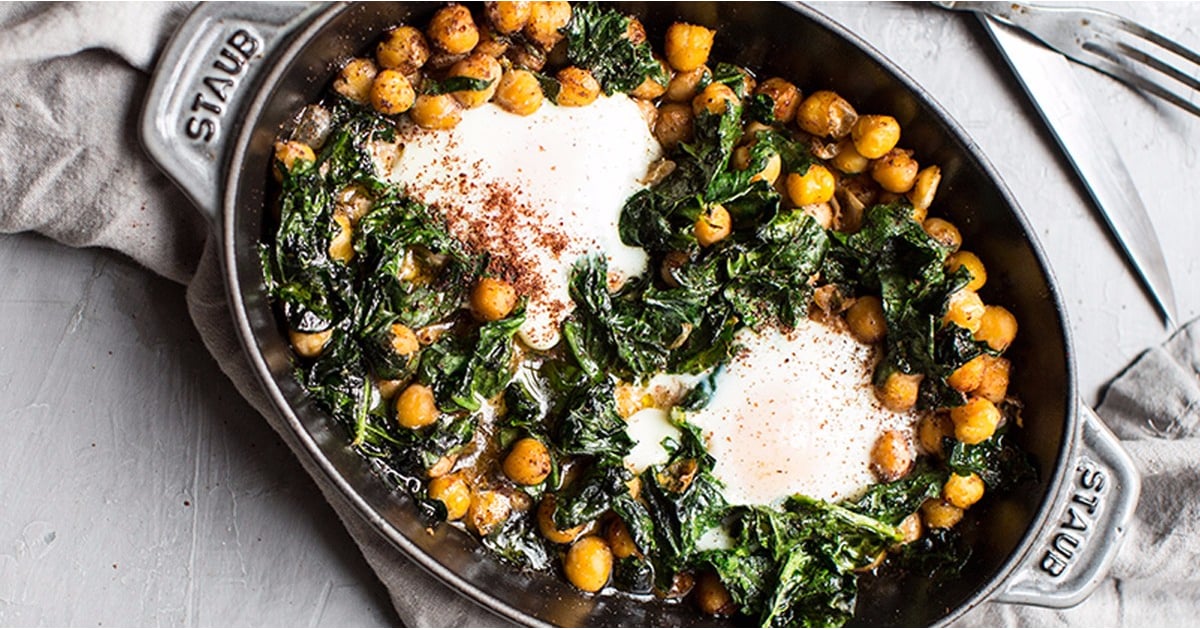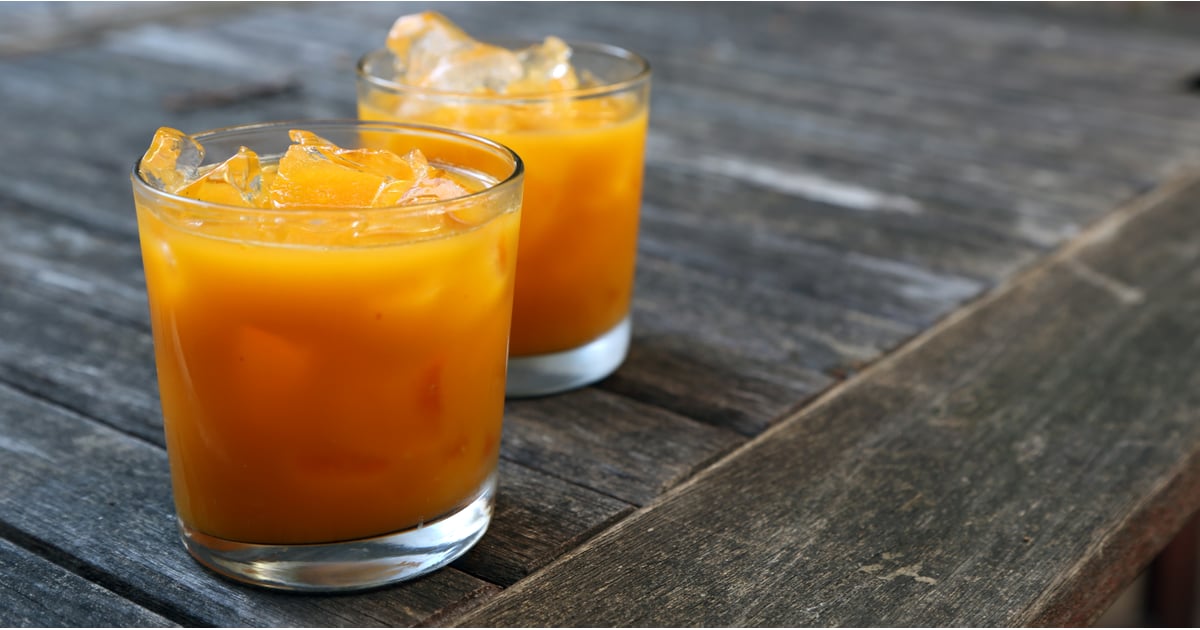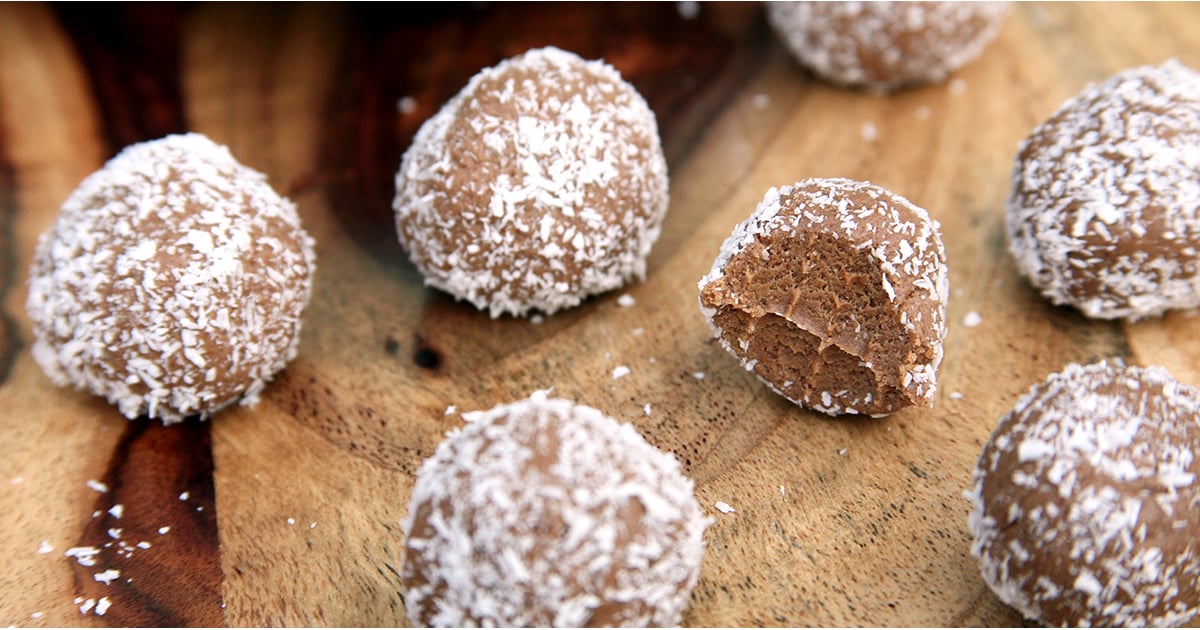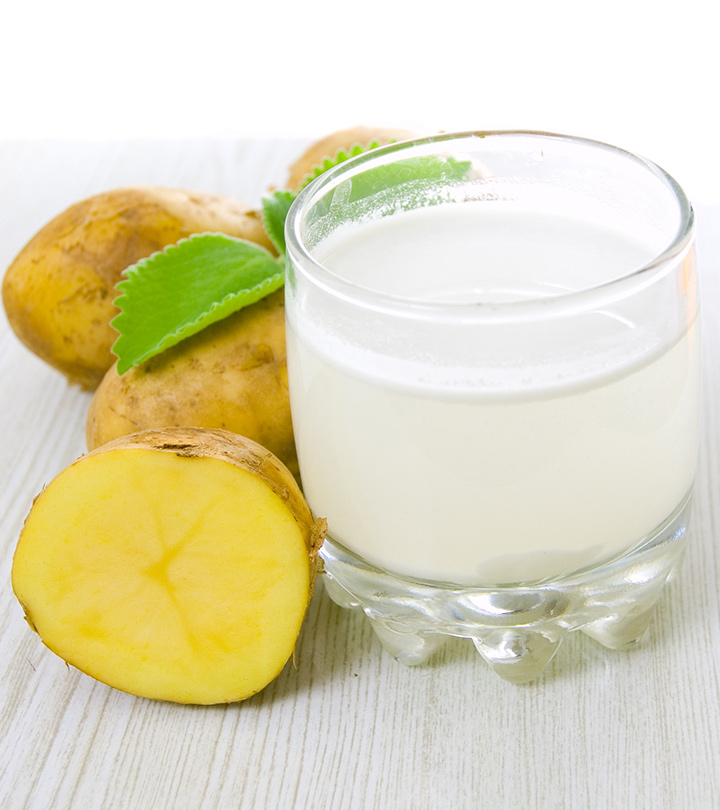How do you treat a skin infection naturally? What are the best home remedies for skin infections? Let’s see what we can find out!
The skin is the first line of defense against viruses, germs, and fungi. And if it becomes infected, you are in grave danger. While serious infections require medical assistance, minor skin infections can be prevented or treated at home. No, you do not need to be a dermatologist to accomplish it. There are several simple home remedies for skin infections that can help treat skin issues. Although you should always consult a dermatologist before using any home treatment, you can try these for immediate relief.
Before we go into the list of home remedies for skin infections, let’s define what a skin infection is and the various types of skin infections. Scroll down for more information.
In This Article
What Is Skin Infection?
You get a skin infection when a bacterium, a parasite, a virus or a fungus enters your skin through a cut or an open wound and spreads. This causes pain, swelling, redness, changes in your skin color, and other symptoms. Skin infection should not be confused with skin rashes. You get rashes when your skin is irritated (by any external agent, including chemicals). Skin infection and skin rashes may have similar symptoms like swelling, redness, and pain. You may get a skin rash because of an infection, but not every skin rash is an infection. You need a proper diagnosis to determine that. Skin infections can be of many types. Let’s explore them in the next section.
Types Of Skin Infection
Shutterstock
Skin infections are classified into the following types based on the causes:
1. Fungal Infections
Fungi love the warm and damp folds and areas in your body, especially your armpits, the areas behind your knees, and your feet. Fungal infections are pretty common and usually not contagious. Some common types of a fungal infection include:
- Ringworm
- Yeast infection
- Diaper rash
- Athlete’s foot
2. Bacterial Infections
You might have noticed small red bumps on your face, neck, back, or hands. Often, these red bumps increase in size and are filled with pus due to bacterial invasion. Some common types include:
- Boils
- Cellulitis
- Impetigo
- Carbuncles
3. Parasitic Infections
Parasitic infections are not life-threatening but can be uncomfortable. They are usually not localized to the skin and might spread to your bloodstream and organs. Common examples include:
- Scabies
- Lice
- Bedbugs
4. Viral Infections
Viruses can give you mild to significant skin infections. Common viral infections include:
- Measles
- Chickenpox
- Shingles
- Warts
Now, the question is, how do you know if you have a particular skin infection? Simple. You have to check for the symptoms.
Symptoms Of Skin Infection
A tattoo, a piercing, a cut, or a bruise – germs are always looking for openings to invade and infect your skin. While some infections occur on the surface of the skin, some may go beyond that and cause serious issues. Here are a few symptoms you should watch out for:
- Pus or fluid leaking from an open wound
- A reddish bump or a pimple (with or without) a yellow pus-filled crust
- The reddish hue of the skin around the wound
- Sores that appear more like blisters
- Swelling around a bump or wound that gets worse with time
- An open wound that is not healing even after 10 days
- An injury accompanied by a fever
Consult your doctor immediately to identify what is causing the infection. It’s important to know that as that will determine the course of treatment:
What Causes Skin Infection?
Whether it is a fungus, bacteria, virus, parasite or bug bite – anything can cause a skin infection. The causes depend mostly on the type of infection you have. Here are a few factors that might cause a skin infection:
1. Bacteria
Open wounds, cuts, and sores are perfect gateways for bacteria to enter your body. A cut or a bruise always doesn’t mean you will get an infection, but it makes your body more vulnerable to bacterial attacks.
2. Viruses
These are the most common factors that cause an infection. Why? Viral infections are highly contagious. The most common viruses that cause skin infections are herpesvirus, poxvirus, and human papillomavirus (this causes skin warts).
3. Fungi
Fungal infections depend a lot on your lifestyle (and cleanliness, of course!) Wearing sweaty clothes for long and not cleaning the folds of your body properly make you vulnerable to fungal infections.
4. Parasites
These are tiny bugs that burrow themselves deep into your skin, laying eggs on your skin and feeding on you (for instance, lice).
Stylecraze SaysSome plants are also parasitic. For example, Rafflesia, the world’s largest flowering plant, is a parasite and resides inside tropical trees. Touching it may lead to skin infections like irritation or allergic reactions.
While you may treat these issues with over-the-counter medications, you can also treat them with simple home remedies. Wondering how? Read on!
How To Diagnose A Skin Infection?
For initial diagnosis, you may check the common symptoms caused by different skin infections. However, a doctor is the best person to run a thorough diagnosis and determine what type of skin infection you have. The doctor can identify the type of infection by checking the appearance of the area where you got it. However, they may also do some more tests for a better diagnosis. The tests may include examining the skin sample and taking a closer look at the lesion.
Subscribe
If the infection is severe, the doctor will suggest antibiotics and other topical medicines (spray and ointments). However, if you have a minor infection, you can try treating it with home remedies.
Home Remedies For Skin Infection
Shutterstock
1. Yogurt
You Will Need
- Unsweetened yogurt
- Cotton pad
What You Have To Do
- Soak the cotton pad in unsweetened yogurt and apply it to the fungal infection.
- Leave it on for 30 minutes and then wash with cold water.
How Often You Need To Do This
Twice a day until the infection is gone.
Why This Works
Plain yogurt contains probiotics that help prevent microbial infections by producing lactic acid (1).
2. Garlic
You Will Need
- 2 garlic cloves
- 2 drops of olive oil
What You Have To Do
- Mince the garlic cloves and mix with olive oil.
- Apply the paste on the affected area and leave it on for 30 minutes.
- Wash it with lukewarm water.
How Often You Need To Do This
Twice a day.
Why This Works
Garlic has diallyl sulfide and diallyl disulfide that help manage fungal infections (2).
Related: 31 Benefits Of Garlic For Health, Skin, & Hair + How To Use It
3. Turmeric
Shutterstock
You Will Need
- 1 tablespoon turmeric powder
- 1 teaspoon honey
What You Have To Do
- Mix both the ingredients and make a paste.
- Apply it to the affected area and allow it to dry.
- Wash it off with warm water.
How Often You Need To Do This
Twice a day.
Why This Works
Turmeric contains curcumin that has antibacterial, antiviral, and antifungal properties, which help heal infections (3).
StyleCraze TriviaTurmeric has a long history of treating skin infections and wounds. It became an ingredient in Ayurvedic medicine during 500 BCE.Related: 18 Health Benefits Of Turmeric, How To Use It, & Side Effects
4. Aloe Vera
You Will Need
Pure aloe vera gel
What You Have To Do
- Apply the aloe vera gel on the affected area.
- Leave it on for some time and then wash with cold water.
How Often You Need To Do This
Twice or thrice a day.
Why This Works
Aloe vera gel contains anthraquinones, which have antibacterial and antifungal properties (4).
5. Tea Tree Oil
You Will Need
- 1 tablespoon coconut oil
- 2-3 drops of tea tree oil
What You Have To Do
- Mix both the oils and apply the blend to the affected area.
- Leave it on for about half an hour and then wash off.
How Often You Need To Do This
Twice a day.
Why This Works
Tea tree oil has antimicrobial and antifungal properties (5), (6). It can kill a wide range of fungi and bacteria quite efficiently.
Related: 31 Health Benefits Of Tea Tree Oil And Its Side Effects
6. Honey
You Will Need
- 1 teaspoon honey
- 1 teaspoon onion juice
What You Have To Do
- Combine honey with the onion juice.
- Apply the mixture to the affected area.
- Leave it on for at least 30 minutes and then wash off.
How Often You Need To Do This
Twice a day.
Why This Works
Both onion and honey have antimicrobial properties (7), (8). Honey has been used since ancient times (in traditional medicine) for healing wounds and infections (8).
7. Ginger
You Will Need
Ginger paste OR a fresh stalk of ginger OR Ginger extracts
What You Have To Do
- Apply raw and fresh ginger paste (or the fresh stalk cut into half or the extract) directly on the affected area.
- Leave it on for 30 minutes and then wash it off.
How Often You Need To Do This
Twice daily.
Why This Works
Ginger has antifungal properties that help inhibit the growth of fungus on the skin (9), (10).
8. Fenugreek
You Will Need
- 1 teaspoon fenugreek seeds
- Cotton pads
- Water
What You Have To Do
- Boil the fenugreek seeds until they become soft.
- Allow the water cool.
- Use cotton pads to apply the liquid to the affected area. Let it dry.
- Wash with cold water.
How Often You Need To Do This
Twice a day.
Why This Works
Fenugreek seeds possess antibacterial properties that inhibit the growth of acne-causing bacteria on the skin (11).
9. Coconut Oil
You Will Need
- 2-3 drops of coconut oil
- 30 mL of olive oil
What You Have To Do
- Mix both the oils and apply the blend to the affected area.
- Leave it on for 30 minutes (or overnight) and wash it off later.
How Often You Need To Do This
Once a day (if you are using it for overnight application) or else twice a day.
Why This Works
Coconut oil contains monolaurin and antibacterial, antifungal, and antiviral agents that help prevent skin infection (12).
10. Baking Soda
You Will Need
- 1/2 teaspoon baking soda
- Water (for making a paste)
What You Have To Do
- Mix the baking soda with water and apply it to the affected area.
- Leave it on for a few minutes (until it dries) and then wash it off.
How Often You Need To Do This
Twice a day.
Why This Works
Baking soda inhibits the growth of bacteria, especially Streptococcus mutans, and other infections that breed in the area around your mouth (13).
11. Olive Oil
You Will Need
- 1 teaspoon olive oil
- 1 teaspoon beeswax
- ½ teaspoon honey
What You Have To Do
- Mix all the ingredients and apply the mixture to the affected area.
- Keep it on for at least 30 minutes and then wash it off.
How Often You Need To Do This
Twice a day.
Why This Works
Olive oil has antibacterial, anti-inflammatory, and antimicrobial properties and is effective against some strains of bacteria (14).
12. Lemon Or Lime Or Any Citrus Fruit
You Will Need
- 1 tablespoon lemon juice (or juice of any citrus fruit such as orange)
- 1 tablespoon olive oil (or any carrier oil)
What You Have To Do
- Mix the lemon juice with olive oil and apply the solution to the affected area.
- Let it sit for 30 minutes.
- Wash it off with water.
How Often You Need To Do This
Once or twice a day until the infection heals.
Why This Works
Lemon juice has antimicrobial and antioxidant properties. Compared to lemon and lime, orange juice has been found to be much stronger against fungal infections (15).
13. Green Tea
Shutterstock
You Will Need
- 5-6 green tea bags
- Boiling water
What You Have To Do
- Soak the green tea bags in boiling water.
- Remove the tea bags.
- Apply the water to the affected area. If the infection is on your hands or feet, soak them in this water for at least 10 minutes.
- Wash and wipe clean.
How Often You Need To Do This
Twice a day.
Why This Works
Green tea has antibacterial and anti-inflammatory properties that are effective against skin pathogens (16).
14. Warm Milk
You Will Need
- A glass of warm milk
- 1/2 teaspoon turmeric powder
What You Have To Do
Mix the turmeric powder with warm milk and drink it.
How Often You Need To Do This
Once or twice a day.
Why This Works
Turmeric contains curcumin, which has antibacterial and anti-inflammatory properties (3). Milk contains lactic acid that boosts collagen and makes your skin smooth. The topical application of lactic acid boosts collagen production and makes your skin smooth (17).
15. Cranberry Juice
You Will Need
A glass of cranberry juice (unsweetened)
What You Have To Do
Drink a glass of unsweetened cranberry juice for a month (or until the infection is gone).
How Often You Need To Do This
Once a day.
Why This Works
Cranberry juice was found to be very effective against the bacterium Staphylococcus aureus (18).
16. Margosa Leaves (Neem)
You Will Need
1 tablespoon paste of neem leaves
What You Have To Do
Apply the paste directly on the affected area.
How Often You Need To Do This
Once or twice a day until the infection is healed.
Why This Works
Neem is widely used in Ayurveda and Chinese medicine for its healing and therapeutic properties. It has antioxidant and antibacterial properties that protect your skin from free radical damage and inhibit the growth of bacteria (19).
17. Onion Juice
You Will Need
- 1 tablespoon onion juice
- 1 tablespoon betel juice
What You Have To Do
Mix both the juices and apply the mixture on the area that’s infected.
How Often You Need To Do This
Twice a day (until the skin infection has healed).
Why This Works
Onion contains quercetin and thiosulphinate and is exceptionally effective in treating fungal and bacterial infections, including warts (20).
18. Epsom Salt
You Will Need
- ¼ cup Epsom salt
- 500 mL distilled water (warm)
- Gauze
What You Have To Do
- Mix the Epsom salt in distilled water and soak the gauze in it.
- Squeeze out the excess water and place the compress on the infected site for 10 to 15 minutes.
- Repeat the process.
How Often You Need To Do This
Once or twice a day.
Why This Works
Epsom salt does not cure skin infection but helps soften the skin so that the medications that you are using eliminate the infection faster.
19. Tomato
You Will Need
1 tomato
What You Have To Do
1. Blend the tomato to make a paste.
2. Apply it evenly on the affected area.
How Often You Need To Do This
Once a day.
Why This Works
Tomato contains succinic, tartaric, and citric acids that give it antibacterial properties, making it a good remedy to treat skin infections (21).
20. Sea Salt
Shutterstock
You Will Need
- 1 cup sea salt
- 1 bucket water
What You Have To Do
- Mix the sea salt in the water and bathe with it.
- You can also add it to your bathtub and soak in it.
How Often You Need To Do This
Once a day.
Why This Works
A study shows that saltwater baths help in treating infections as they have antimicrobial properties (22).
21. Thyme
You Will Need
- 2-3 drops thyme essential oil
- 2 tablespoons aloe vera gel
What You Have To Do
- Mix the thyme oil with aloe vera gel.
- Apply the mixture to the affected area and leave it on for 30 minutes.
- Wash with cold water.
How Often You Need To Do This
Once a day.
Why It Works
Thyme contains chemicals that fight bacteria, fungi, and other infections (23).
22. CBD Oil
You Will Need
- ¼ cup CBD oil
- 2 teaspoons coconut oil
What You Have To Do
- Mix the two oils.
- Gently massage the mixture on the affected area.
- Leave it on for 30-60 minutes before washing it off.
How Often You Need To Do This
Once-daily.
Why It Works
Cannabis or CBD oil has therapeutic benefits and is useful in managing acne vulgaris. It also has antibacterial properties and can reduce the growth of bacteria like staphylococci and streptococci that cause skin infections (24), (25).
23. Hot Compress
You Will Need
- A clean washcloth
- A bowl of warm water
What You Have To Do
- Soak the cloth in warm water and wring out the excess water.
- Place the warm washcloth on the infected area (abscess or boils).
- Hold it in place for a few minutes, remove, and repeat the process.
How Often You Need To Do This
2-3 times a day
Why It Works
A hot compress provides relief from the pain and helps in draining abscesses or boils, thus clearing the infection.
These home remedies may take several days to show results. However, if you don’t see any signs of healing within a week, consult your doctor.
Most skin infections can be easily treated with medicines and ointments. However, certain strains of bacteria might be tough to treat as they are often resistant to antibiotics. And that’s why you should try to avoid contracting a skin infection. Mentioned below are a few tips that will help you do so.
Tips And Precautions For Preventing Skin Infections
- Wash your hands frequently and do this before touching any wound or applying ointment to it.
- Avoid popping blisters and pimples (sounds tempting, but it’s a strict no-no).
- Cover your mouth and nose. Many infections spread through coughs and sneezes.
- In case you are down with an infection, avoid contact with others. Stay at home and treat it appropriately.
- Make sure you are getting vaccinated for preventing infections and diseases such as measles, chickenpox, shingles, and human papillomavirus.
Skin infections can develop due to bacteria, fungus, or viruses entering your skin through a cut or wound. It can result in symptoms such as redness, swelling, pus, or fever. You can treat minor skin infections at home with ingredients such as ginger, garlic, tea tree oil, or honey. To reduce the risk of developing skin infections, wash your hands regularly, avoid contact with infected individuals and be up to date with your vaccinations. If your symptoms show no improvement in a week after trying the above home remedies for skin infections, consult your doctor.











